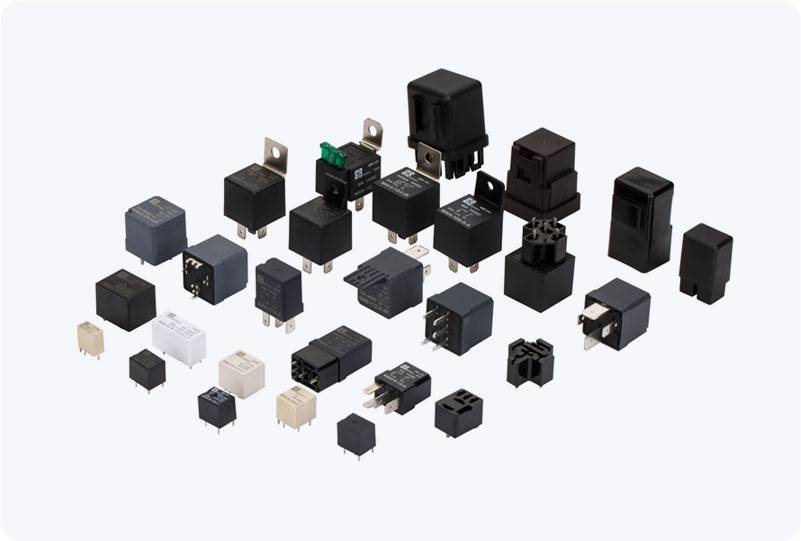A Low Voltage DC Relay is an essential component in various low voltage direct current (DC) electrical circuits. As a type of electromechanical switch, it is designed to control the flow of electricity in a DC circuit by using a relatively small current to open or close contacts that can handle larger currents. This allows it to act as a protective and control mechanism in systems requiring specific control over electrical functions. With applications ranging from automotive electronics to renewable energy systems, the Low Voltage DC Relay plays a significant role in modern electrical engineering. In this article, we will explore the functionality, advantages, and common applications of low voltage DC relays.

Working Principle of Low Voltage DC Relay The working principle of a Low Voltage DC Relay is quite simple but highly effective. It consists of an electromagnet, an armature, a spring, and one or more sets of electrical contacts. When a DC voltage is applied to the coil of the relay, it generates a magnetic field. This magnetic field pulls the armature, causing the contacts to either open or close, depending on the design of the relay. When the relay is energized, the magnetic force generated by the current flowing through the coil attracts the armature towards it. This action either opens or closes the electrical contacts, allowing current to flow through the connected circuit or cutting off the current. When the control current is removed, the spring returns the armature to its original position, restoring the relay to its initial state.
Leave a Reply
You must be logged in to post a comment.